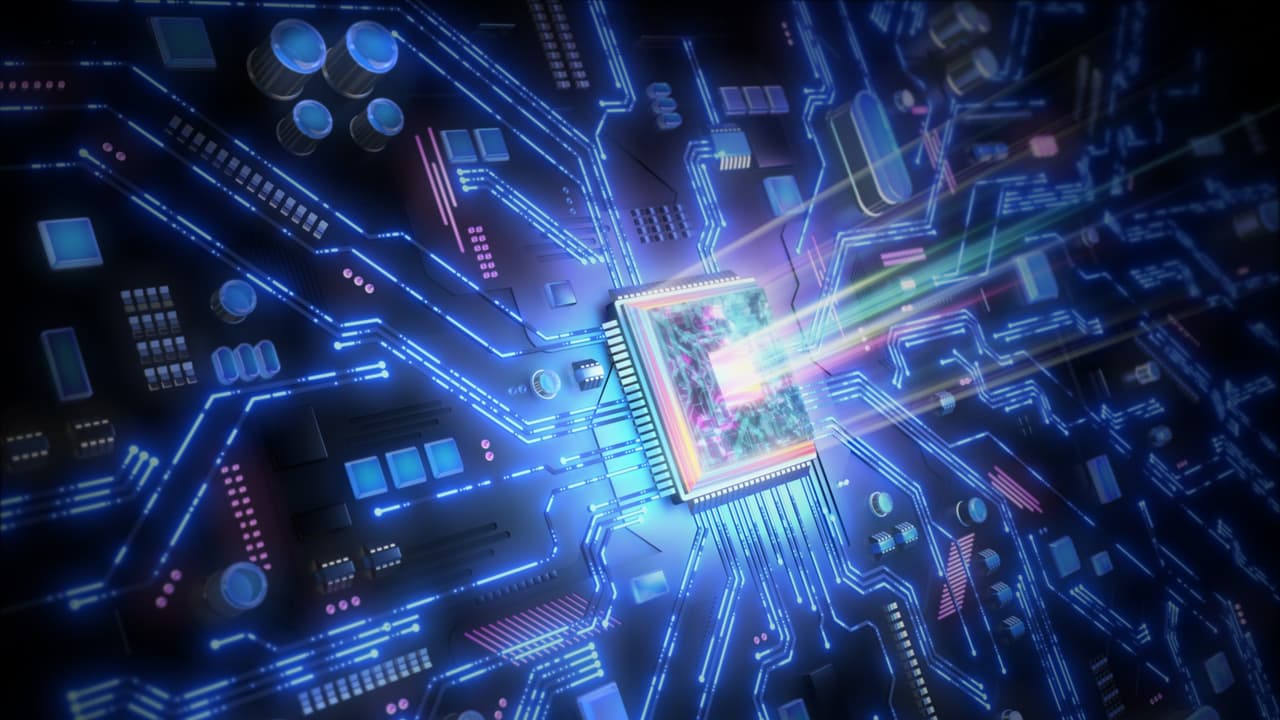Tohoku University scientists have created quantum networks of superconducting qubits that could detect faint signals from dark matter. The breakthrough boosts sensitivity and could transform technologies like MRI, GPS, and radar.
Scientists at Japan’s Tohoku University have taken a major step toward solving one of the universe’s biggest enigmas — the nature of dark matter. Their breakthrough comes from creating quantum sensor networks that can detect incredibly faint signals which might be left behind by this elusive substance. Their findings were published in Physical Review D.
For decades, physicists have known that dark matter makes up most of the universe’s mass, yet it neither emits nor reflects light, making it invisible to traditional instruments. The new approach from Tohoku University could change that.
Building Smarter Quantum Networks
The research team found that by connecting superconducting qubits — the same building blocks used in quantum computers — into optimized network patterns, they could significantly boost the sensitivity of quantum sensors.
Ordinarily, a single quantum sensor struggles to detect faint cosmic signals. But when several sensors are linked together in well-designed formations, they begin to “work together,” amplifying even the weakest disturbances.
Dr. Le Bin Ho, the study’s lead author, explained,
“Our goal was to figure out how to organize and fine-tune quantum sensors so they can detect dark matter more reliably. The structure of the network itself plays a crucial role in enhancing sensitivity.”
From the Cosmos to Real-World Applications
Tohoku’s team experimented with various configurations — rings, lines, stars, and fully connected layouts — using systems of four and nine qubits. They applied variational quantum metrology, a method that refines how quantum states are prepared and measured, much like a learning algorithm.
To cut down on background noise, the researchers used Bayesian estimation, a statistical process that works like “sharpening” a blurry image. Even under realistic conditions with added noise, their optimized quantum networks outperformed traditional detection methods.
More Than Just Physics
While the ultimate goal is to reveal dark matter, this innovation could have sweeping effects far beyond astrophysics. The same principles could enhance quantum radar, gravitational wave detectors, MRI machines, and even GPS navigation systems.
Dr. Ho added,
“This research shows that carefully designed quantum networks can push the limits of precision measurement. It opens the door to using quantum sensors not just in laboratories, but in everyday technologies that demand extreme accuracy.”
The Road Ahead
The team’s next steps involve expanding to larger networks of sensors and developing strategies to make them more resistant to environmental noise. Their findings, published in Physical Review D on October 1, 2025, hint at a future where quantum technology could illuminate the unseen forces holding our universe together.
As the quest to uncover dark matter continues, these advances remind us that the tools born from quantum physics may not just explain the cosmos—but also transform how we see, measure, and navigate our own world.
